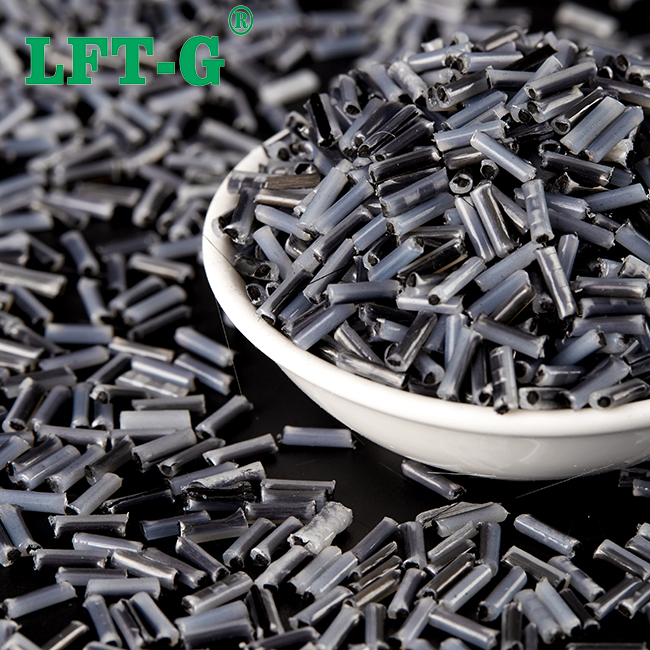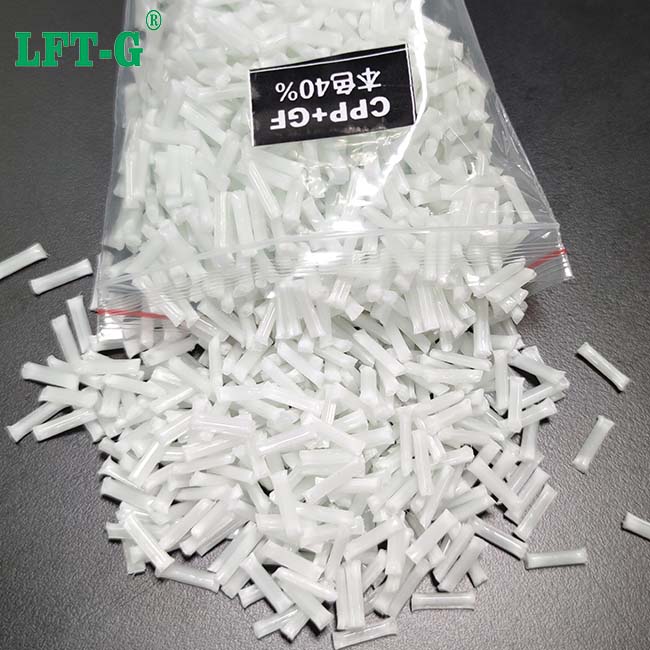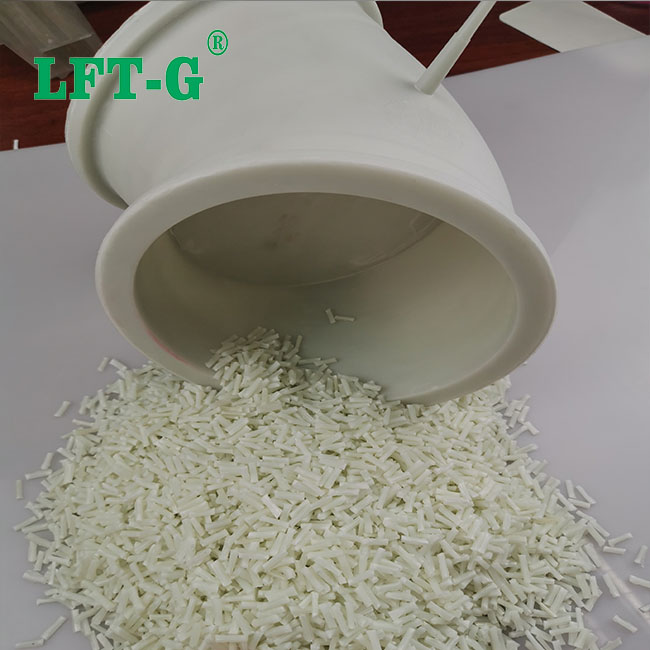Ces jours-ci, le monde du sèche-cheveux s'est enroulé de manière inattendue. Avant la voie haut de gamme de Dyson, après la voie civile du mil. Sur tous les marchés pacifiques, toutes sortes de marques nationales de sèche-cheveux ont soudainement sauté pour s'emparer du marché Dyson et supprimer le prix de Xiaomi. En un instant, toutes sortes de sèche-cheveux dans l'œil du public. Selon les statistiques, au premier semestre 2021, les ventes au détail de sèche-cheveux en Chine étaient de 2,76 milliards de yuans, en hausse de 41,3 % sur un an, et les ventes au détail étaient de 13,81 millions d'unités, en hausse de 40,9 % sur un an. Avec le développement de la 5G, le sèche-cheveux chinois est entré dans la prochaine génération et la demande des gens pour un sèche-cheveux personnalisé augmente également. At the same time, glass fiber reinforced nylon has quietly become the star material of hair dryer shell, and become the landmark material of the next generation of high-end hair dryer. Glass fiber reinforced PA66 is commonly used in the mouthpiece of high-quality hair dryers to increase strength and heat capacity. However, as the function of the hair dryer becomes more and more demanding, ABS as the main material of the shell is gradually replaced by glass fiber reinforced PA66. At present, the main factors affecting the preparation of high performance glass fiber reinforced PA66 composites include the length of glass fiber, the surface treatment of glass fiber and its retention length in the matrix. So let's take a look at the influencing factors of glass fiber reinforced PA66 production 1. The length of glass fiber The length of fiber is one of the main factors to determine the fiber reinforced composite. In ordinary short fiber reinforced thermoplastics, the fiber length is only (0.2~0.6) mm, so that when the material is damaged by force, because of the short length of the fiber, so that its strength is basically not used, and the purpose of using fiber reinforced nylon is to use the high rigidity and high strength of the fiber to improve the mechanical properties of nylon, So fiber length plays an important role in mechanical properties of products. Compared with short glass fiber reinforced nylon, the modulus, strength, creep resistance, fatigue resistance, impact resistance, heat resistance and wear resistance of long glass fiber reinforced nylon have been improved, and its application in automobile, electrical appliances, machinery and military industry has been expanded. 2. Surface treatment of glass fiber The binding force between glass fiber and matrix is another important factor affecting the mechanical properties of composite materials. Glass fiber reinforced polymers have good properties only when effective interfacial bonding is formed. For glass fiber reinforced thermosetting resin or polar thermoplastic resin composites, the surface of glass fiber can be treated with coupling agent to form chemical bond between resin and glass fiber ...
Afficher plus

 email
email français
français English
English Deutsch
Deutsch русский
русский italiano
italiano español
español português
português العربية
العربية 日本語
日本語 한국의
한국의 中文
中文















